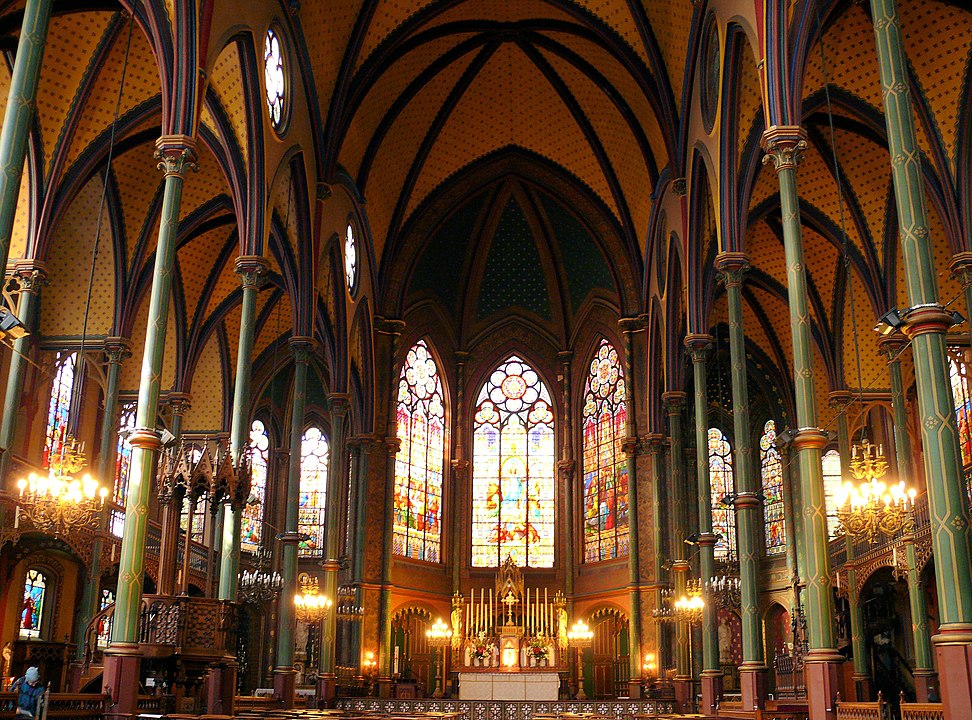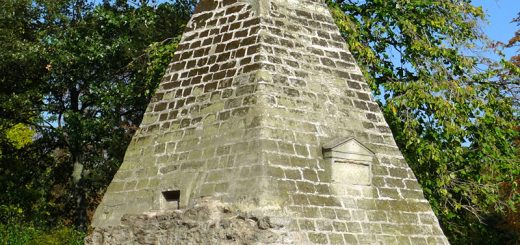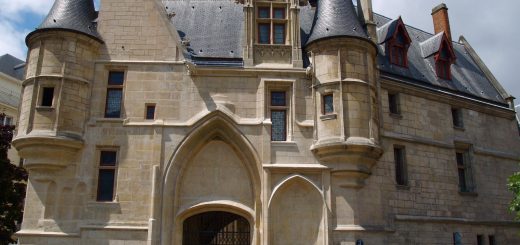8 things you might not know about the Eiffel Tower

Built for the Universal Exposition of 1889, the Eiffel Tower has become the emblem of the capital and the third most visited monument with paid access in France. However, while we think we know it, it has a few surprises in store.
1. It greatly surpassed the height of the tallest buildings of its time
When the Eiffel Tower was built, the highest monument ever built was the Washington Monument (169 meters), followed by Cologne Cathedral (158 meters). The 300 meters of the Eiffel Tower therefore appeared rightly as revolutionary. It will only be surpassed by the Chrysler Building in New York, 40 years later.
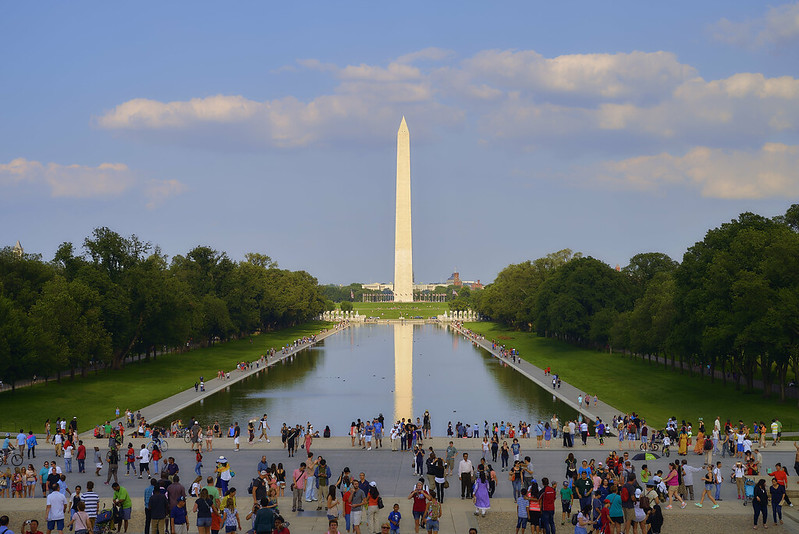
2. It changed color
At its beginnings, the Tower was painted in a shade quite different from the one we can see today: Venice Red. It received different colors over the years, ranging from yellow to brown. Currently, it receives a new coat of paint every seven years or so.
The photo below shows the incredible conditions in which the first operations of this type could be carried out.

3. A much criticized monument
The Eiffel Tower broke with architectural traditions and this led to intense criticism, before it was even built. In 1887, around forty personalities including writers Alexandre Dumas and Guy de Maupassant started a petition entitled “Manifestation of artists against the Eiffel Tower”. They wrote: “Will the city of Paris continue to associate itself with the Baroque and mercantile fancies of a builder of machines, and make itself ugly beyond repair, bringing dishonor to itself?”. Not a fan, are we?
Critics were somewhat silenced by the tower’s immense popular success: at the Universal Exposition, it sold no fewer than two million admissions!
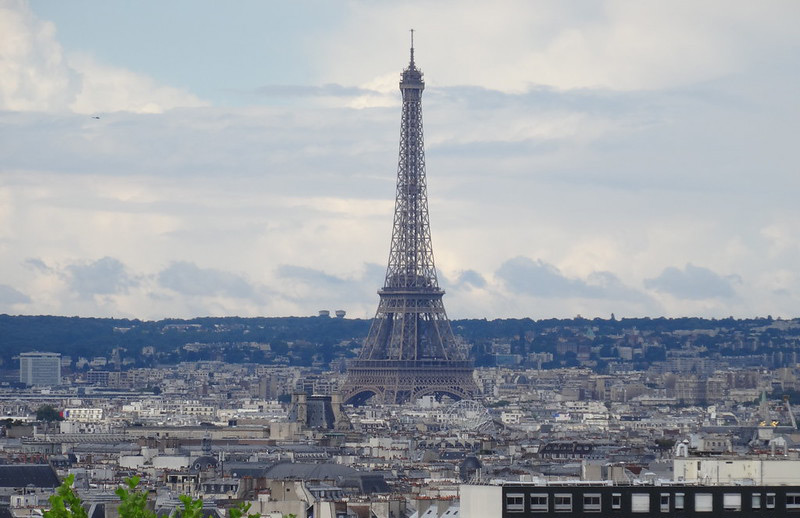
4. The Tower was used for counter-espionage
After the Universal Exposition of 1889, interest for the tower waned quickly, to the point that the question of whether the tower should stay was raised. Gustave Eiffel then attempted to give it any possible purpose, conducting various experiments, in particular around the TSF (wireless telegraphy).
The monument was very appreciated by the army because it allowed radio communications up to 6000 kilometers and the interception of enemy messages. During the First World War, German communications were intercepted from there, in particular the preparations for the Battle of the Marne, then information leading to the arrest of double agent Mata Hari.
5. Advertising lighting from 1925
From its inauguration, the Eiffel Tower was illuminated: thousands of gas lamps ran through it, spotlights on the ground illuminated it and a lighthouse was already at its top.
In 1925, Fernand Jacopozzi produced spectacular lighting for Citroën (a car manufacturer) , using 250,000 electric lamps. The brand name was written in giant letters between the 2nd and 3rd floor, while the double chevrons of the brand logo appeared below.

6. It moves
The iron of the tower can expand in warm whether and contract with the cold. Its height can therefore vary by 20 centimeters between winter and summer. But, when the sun heats one of its sides, the temperature difference between the pillars means that it can also lean a few centimeters. Finally, the wind can make it oscillate and an amplitude of 13 centimeters was even measured during a storm in 1999.
All this had been very well planned by Gustave Eiffel and his collaborators. The advantage of the iron structure is precisely its lightness and low wind resistance.
7. An exemplary project
The Tower was completed in 2 years, 2 months and 5 days (approximately 5 months for the foundations and 21 months for the building itself). For the most part, the parts were assembled in Eiffel’s workshops in the suburbian city of Levallois-Perret and there were only 300 workers on site. At the time, the other major sites easily had more than a thousand workers.
Rare for the time, none died during construction, except for the case of a man who came to the site on Sunday to impress his fiancée.

8. It is not really from Gustave Eiffel
The project was designed by two engineers from the Eiffel company, Émile Nouguier and Maurice Koechlin, then improved by architect Stephen Sauvestre. Gustave Eiffel, co-filed the patent in 1884, then ended up buying it completely.
Gustave Eiffel was the one who believed the most in this project and he really fought for it. He began by making the government accept the idea of a competition for the construction of a tower 300 meters high and square base, 125 meters sideways (pretty clever when you already have the plans!), then financed more than three-quarters of the construction. Finally, as we have seen, he operated the tower for 20 years, and tried everything possible to bring the monument to life beyond the Universal Exposition.
And some legends …
Was the Eiffel Tower proposed in Barcelona for the Universal Exhibition of 1888? Can we see all the way to Mont-Blanc or to London from the top floor? Less funny, were the Germans ready to dynamite it in 1944?


